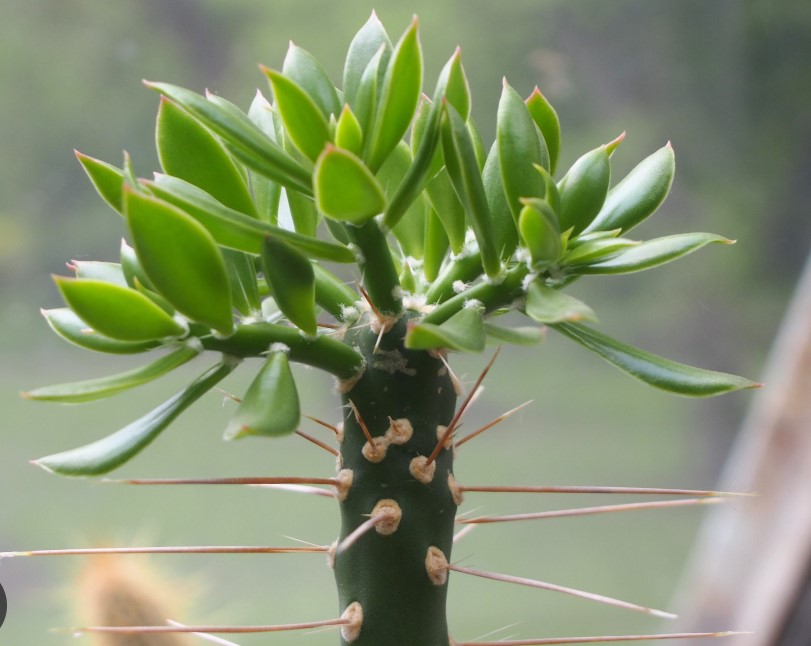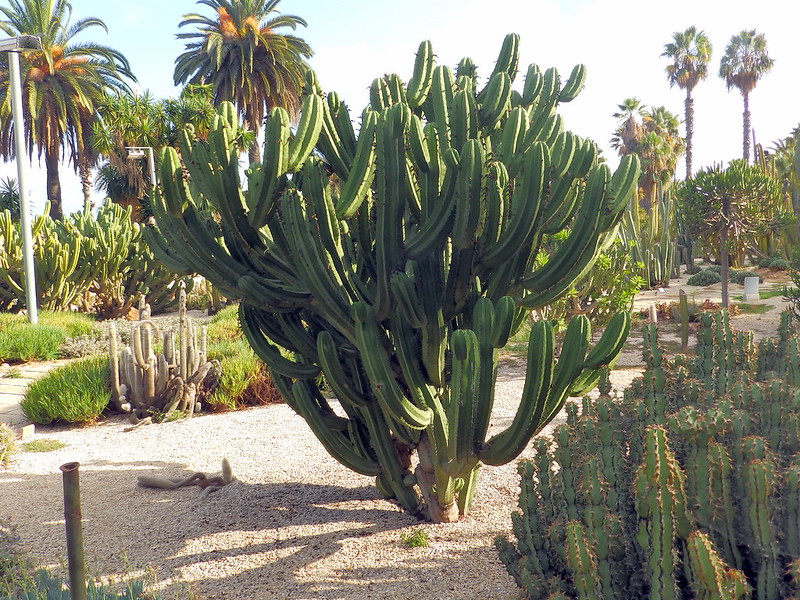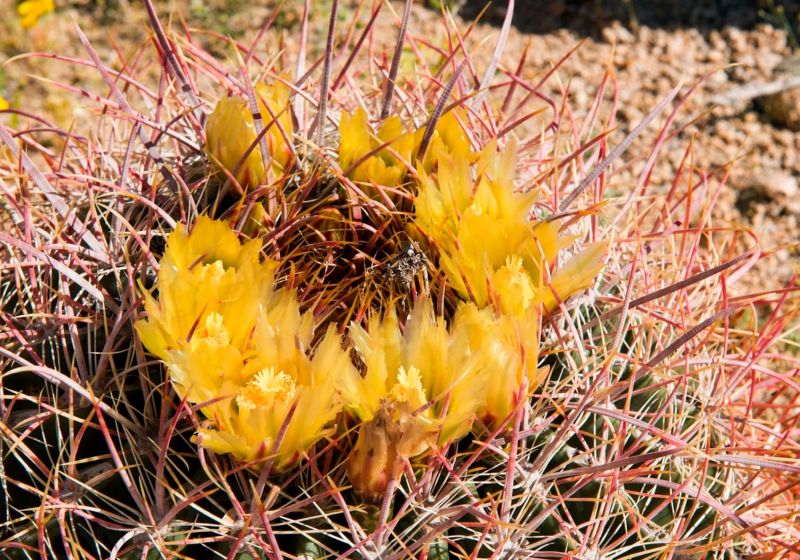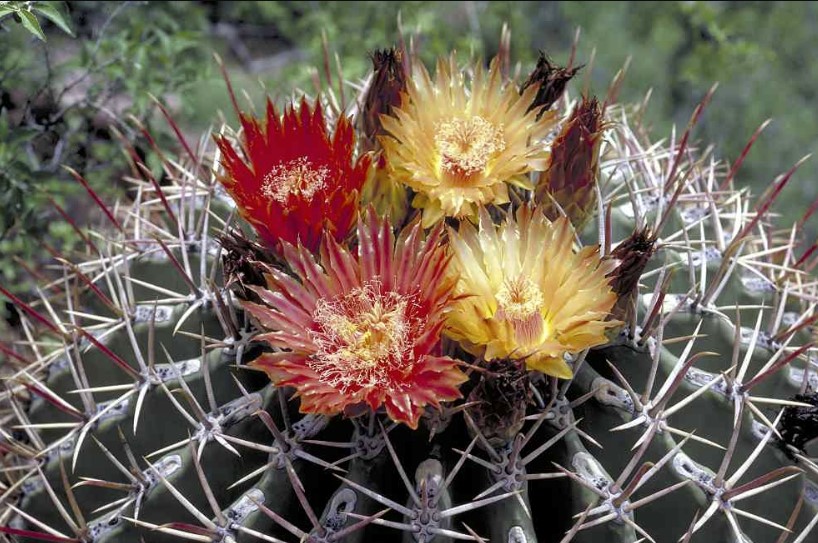Buying a garden hose reel: Even though it may feel like you’ll never get through all of your garden work—from watering to weeding and cleaning—using a high-quality garden hose can significantly reduce the time you spend on these tasks. Not to mention creating a stunning garden! If you don’t have a suitable garden hose, you’ll have to use a watering can to water each plant individually. This wastes time that could be better spent doing something else.
It’s wise to invest in a good home. Not only will this product make your gardening tasks more manageable, but it will also last for years if stored and maintained correctly. Hence, investing in a high-quality garden hose will avoid hassles, leaks, and extra work.







